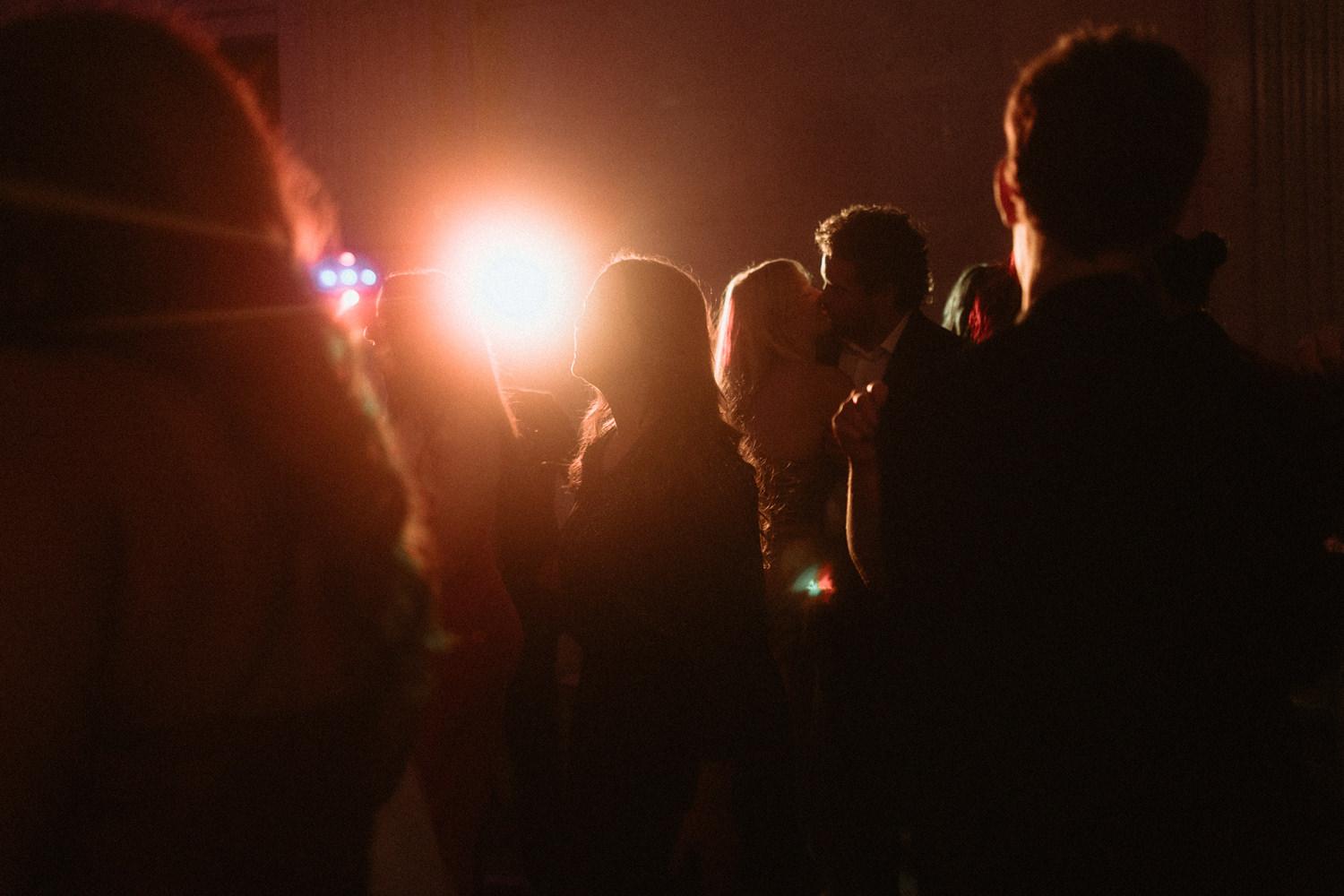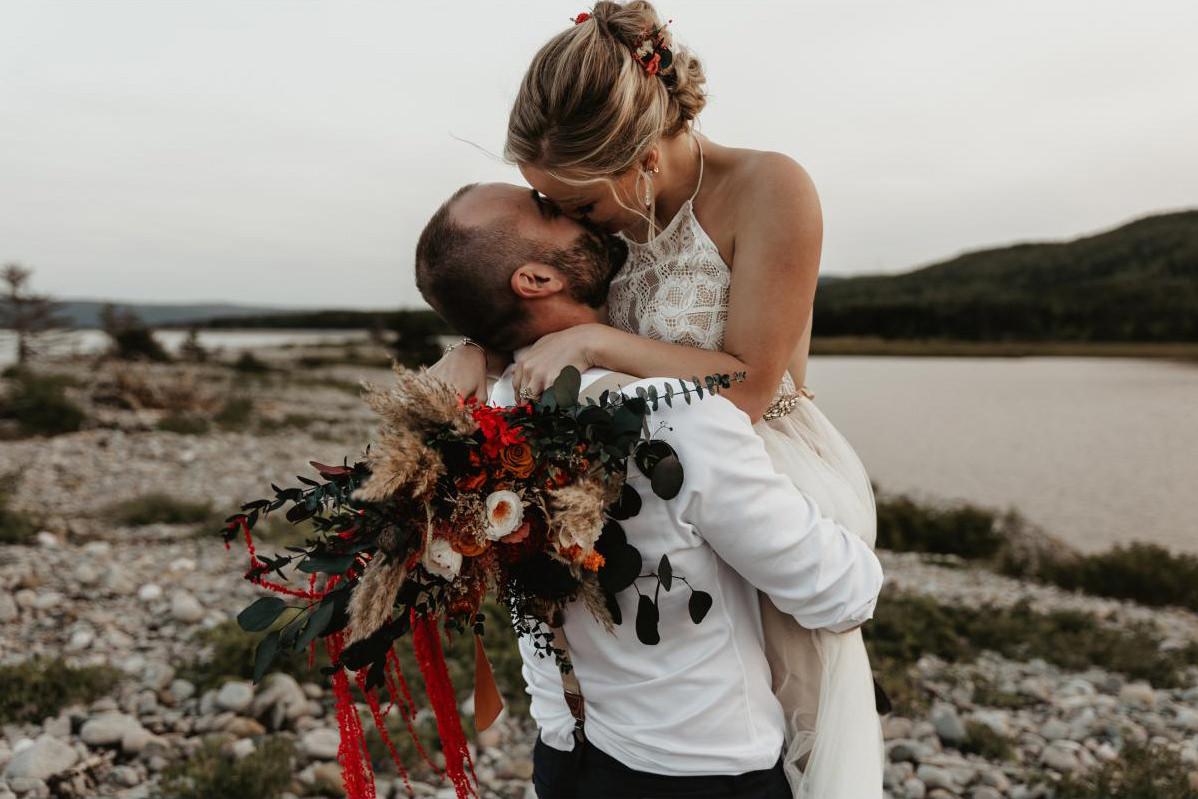A camera can capture what’s in front of it—but a great photographer captures what’s happening beneath the surface. That takes more than gear. It takes emotional intelligence.
Wedding photographers aren’t just technicians or observers. At their best, they act as emotional interpreters—reading the energy of a room, noticing subtle shifts in body language, and anticipating emotional peaks before they happen. This intuitive skill has a foundation in neuroscience: understanding social cues, facial expressions, and energy dynamics in a way that guides not just how an image is composed, but how it feels.
Here’s how emotionally attuned photographers create images that resonate on a neurological level—and why this emotional fluency is as important as technical mastery.

1. The Photographer’s Brain: High-Functioning Empathy in Action
A great wedding photographer’s job involves:
- Scanning dozens of people for micro-expressions and unspoken emotion
- Predicting when someone might cry, laugh, hug, or withdraw
- Staying attuned to energy shifts throughout the day (nerves before vows, relief after speeches, joy on the dance floor)
This means engaging multiple neural systems:
- The mirror neuron system, which supports empathetic tracking
- The amygdala, for recognizing emotional salience
- The prefrontal cortex, for regulating one’s own response while staying focused
The result? Photographers who feel what’s happening—and respond with intentional timing.
2. Emotional Literacy Shapes What Gets Captured
Emotionally attuned photographers don’t just shoot what they see. They interpret what’s unfolding:
- They notice the quiet glance between siblings during the ceremony.
- They understand when to give a couple space to breathe or when to step closer.
- They pick up on unspoken dynamics, like tension, grief, or protective affection—and they frame it with care.
This makes them visual storytellers—not just recorders of events, but curators of emotional truth.

3. The Photographer as Regulator, Not Just Witness
Photographers often co-regulate with the couple—especially in emotional or overwhelming moments:
- Calming a nervous partner before the first look
- Helping a tearful parent relax and smile for portraits
- Encouraging laughter during a quiet lull
This creates neurophysiological safety for the couple, which leads to:
- Genuine expressions
- Natural body language
- More emotionally powerful, neurologically resonant images
When people feel safe, they let themselves be seen—and that’s where the magic is.
4. Why Couples Respond So Strongly to “Feeling Seen” in Photos
When a couple says, “This photo feels like us,” it’s more than a compliment. It’s evidence that the photographer has captured not just appearance, but identity and connection.
Neurologically, this activates:
- The default mode network, which governs reflection, identity, and narrative
- Oxytocin-linked memory from the original moment
- Emotional safety responses tied to being mirrored and understood
The photographer has essentially held up a mirror that affirms the couple’s experience—creating deep emotional resonance.

5. Emotional Intelligence as a Creative Superpower
Photographers with emotional fluency tend to:
- Take fewer but more impactful images
- Know when to guide, and when to observe
- Avoid overposing and focus on meaningful presence
- Recognize that the most powerful photo may be the one that wasn’t planned at all
It’s a blend of intuition, trust, and responsiveness—not something you can fake or automate.
For Photographers: What This Means for Your Practice
If you’re a wedding photographer:
- Your emotional literacy is one of your most valuable assets
- Build it through active listening, self-awareness, and empathy
- Let go of the pressure to control every shot—and lean into emotional noticing
- Remember that your role is not just to take images, but to interpret and preserve emotional truth
And that’s something no algorithm can replace.
Related Reading in This Series:
- The Neuroscience of Wedding Photography
- What Happens in the Brain on a Wedding Day?
- Why Photographs Trigger Memory (and Emotion) So Powerfully
- How Nostalgia Works—and Why Wedding Photos Tap Into It
- The Role of Oxytocin in Love, Touch, and Remembering
- Emotional Contagion and the Power of Facial Expressions
- What the Brain Remembers vs. What the Lens Sees